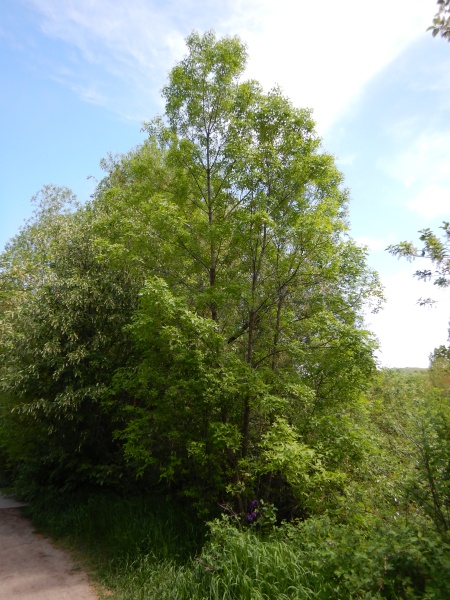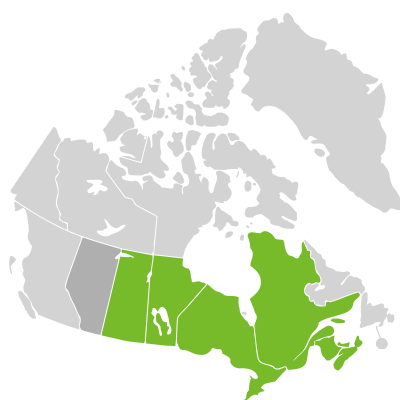 Known to be toxic - Toxic to mammals if ingested.
Known to be toxic - Toxic to mammals if ingested.

Source: Matt Lavine
Fraxinus pennsylvanica
Red Ash
Frêne rouge
Synonyms
downy ash
green ash
northern red ash
frêne de Pennsylvanie
No seeds available for this plant.
We currently accept seeds for this plant
Bloom Colour: Green
Bloom Period: Apr - May
Max Height: 70.0 feet
Max Width: 50.0 feet (spreads by rhizome)
Light Condition:
 More than 6 hours of direct sun a day
Soil conditions:
More than 6 hours of direct sun a day
Soil conditions:
 Tolerates medium soil condition
Tolerates medium soil condition
 More than 6 hours of direct sun a day
More than 6 hours of direct sun a day
 Tolerates medium soil condition
Tolerates medium soil condition
Lifespan:
Perennial
plants that will that come back year after year
Plant is
dioecious
Need a male and female plant to produce seeds
Gardener Experience:
Landscape Uses:
 Suitable for wetland garden
Suitable for wetland garden
 Suitable for shoreline rehabilitation
Suitable for shoreline rehabilitation
 Suitable for wetland garden
Suitable for wetland garden
 Suitable for shoreline rehabilitation
Suitable for shoreline rehabilitation
Ecological Benefits:
No ecological benefits information available.
Tolerates:
 Tolerates limestone conditions
Tolerates limestone conditions
 Tolerates juglone conditions
Tolerates juglone conditions
 Tolerates limestone conditions
Tolerates limestone conditions
 Tolerates juglone conditions
Tolerates juglone conditions
Special Features and Considerations:
Plant Location
Native to Ottawa region: Yes
Distribution according to VASCAN

Ephemeral
Native
Introduced
Excluded
Extirpated
Doubtful
Absent
Thrives in Ecozones
- Atlantic Maritime
- Boreal Plains
- Prairies
- Boreal Shield
- Mixed Wood Plains
Ecological Benefits
Butterflies Supported by Fraxinus pennsylvanica
- Apatelodes torrefacta (Spotted Apatelodes)
- Complexe Papilio glaucus (Eastern Tiger Swallowtail)
- Satyrium caryaevorus (Hickory Hairstreak)
Specialized Bees Supported by Fraxinus pennsylvanica
No bee data available for this plant.
Plants that grow in similar conditions, that bloom at the same time.
Complementary Plants
- No complementary plants found.
Substitute For Non-Native Plants
- Rhamnus cathartica (Common Buckthorn)
- Rhamnus frangula (Glossy Buckthorn)
- Acer japonicum (Japanese Maple)
- Acer platanoides (Norway Maple)
Sowing Information
Download Seed Envelope Labels (PDF)
- Sowing depth: Sow just below surface
- Sow by February
- Stratification duration: 60 days
- Notes: Soak for 24h.
Harvesting and Seed Sharing
- Harvest start month: September
- Harvesting indicator:
- Pods are released from plant
- Harvesting:
- Open the pod, remove seeds
- Seed viability test:
- No test needed before donating
- Packaging measure: Six (6) seeds (eyeball)
- Seed storage:
- Air dry in paper bag or open container, for a few days until crisp
- Shake seeds to move them once in a while to prevent molding
- Cultivar: Yes, do not donate unless you know source, and there are no known cultivars in your garden or at proximity
- No harvesting video available at this time.
Toxicity Notes
Toxic to mammals if ingested.


 Canadensis
Canadensis
